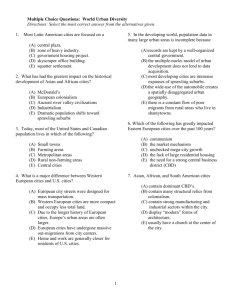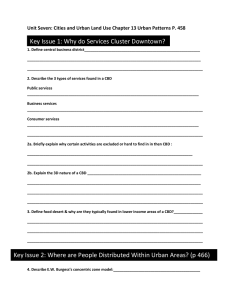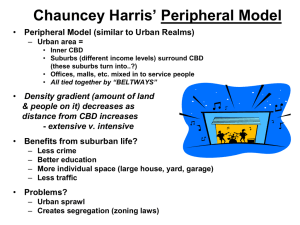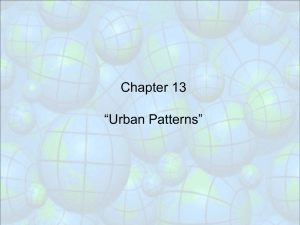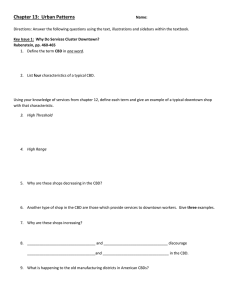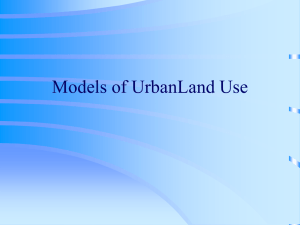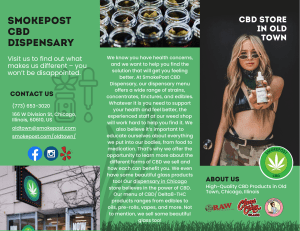Urban Patterns Questions
advertisement
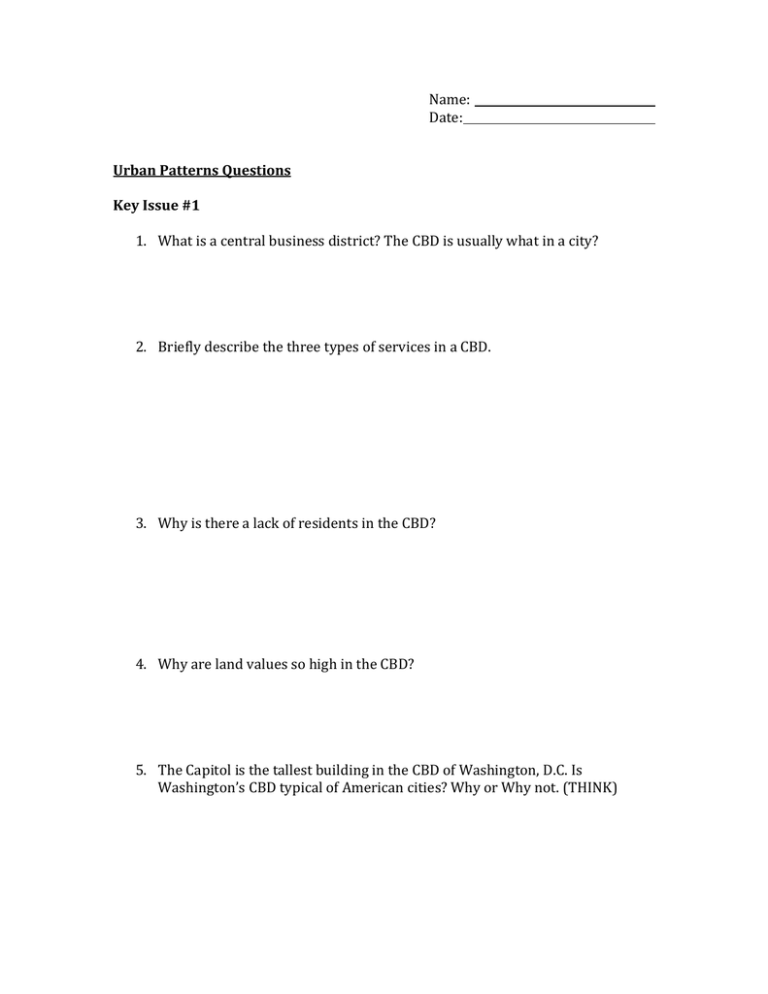
Name: Date: Urban Patterns Questions Key Issue #1 1. What is a central business district? The CBD is usually what in a city? 2. Briefly describe the three types of services in a CBD. 3. Why is there a lack of residents in the CBD? 4. Why are land values so high in the CBD? 5. The Capitol is the tallest building in the CBD of Washington, D.C. Is Washington’s CBD typical of American cities? Why or Why not. (THINK) Key Issue #2 6. What is the concentric zone model? What is it used for? Draw and label the model below. 7. What is the sector model? What is it used for? Draw and label the model below. 8. What is the multiple nuclei model? What is it used for? Draw and label the model below. 9. All three models individually don’t explain what? 10. How are CBDs in Europe different than in the United States? 11. How is the sector model different in Europe? 12. How is the concentric model different in Europe? 13. How is the sector model different in developing countries? 14. What are squatter settlements? What services do they usually lack? Where are the squatter settlements usually located in LDCs? 15. Draw and label the Latin American City Model below. 16. What is a precolonial city? Give an example. 17. What is a colonial city? Give an example. 18. Following independence, how did cities change? Key Issue #3 19. What is the Peripheral Model? Draw and label below. 20. What are edge cities? Today what is the function, mainly, of edge cities? 21. What is a city? 22. What is a MSA? How is it different from a Micropolitan Statistical Area? 23. What is a megalopolis? 24. What is the definition of annexation? Why is it less likely to happen today than in the past? 25. Explain the density gradient. 26. What is urban sprawl? 27. What are the negative consequences of urban sprawl? What is smart growth? 28. Is Ashburn an example of urban sprawl? Why or why not? (THINK) 29. What is a greenbelt? Where are they commonly used? Are they successful? Why or why not. 30. What is the strongest criticism of U.S. residential suburbs? 31. Why have business services moved to the suburbs? 32. How are urban expansion and motor vehicles related? 33. What is rapid transit? Where is is primarily used? 34. Of the alternative technologies listed on pages 488-489, which do you think is the most promising? Why? Key Issue #4 35. Definition the following: (ALWAYS ON AP EXAM) a. Filtering b. redlining c. public housing d. gentrification 36. What is the underclass? Why are they trapped in a cycle of unending economic and social problems? 37. How can gentrification be negative for the underclass? 38. What two choices does a city have to try and make up for an eroding tax base? 39. Of the two listed above….. what is the best option? Why? 40. What is a foreclosure?

